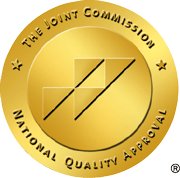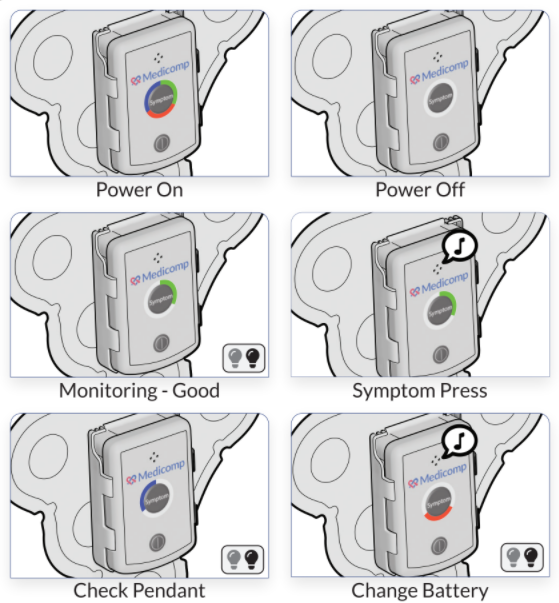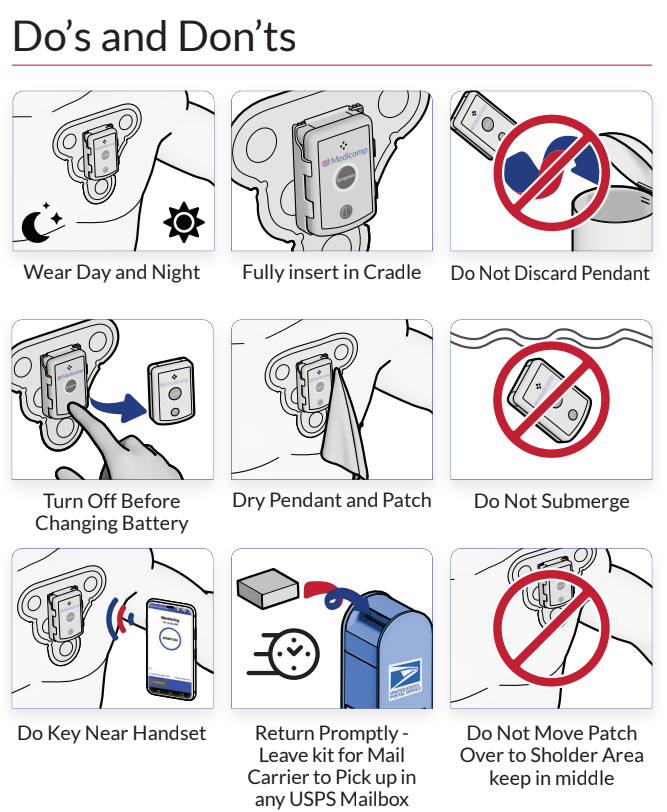
So what exactly is Sudden Cardiac Arrest (SCA)?
Unlike a heart attack which blocks blood to the heart, SCA actually stops the heart. SCA occurs when the heart’s electrical system malfunctions due to an arrhythmia (irregular rhythm of the heart). The most common arrhythmia that causes SCA is ventricular fibrillation, which is a condition that causes the heart to pump little or no blood due to disordered electrical activity.
What are the symptoms and warning signs of sudden cardiac arrest?
Most victims of SCA have suffered a previous heart attack or have coronary artery disease. There are other symptoms that indicate an increased risk for SCA including: abnormal heart rate or rhythm, a rapid heart rate that comes and goes even when in a resting state, syncope (fainting), and low ejection fraction. Ejection fraction measures how much blood the ventricles pump with each beat.
How can we test for sudden cardiac arrest?
Currently, health care providers can test for SCA with an electrocardiogram (ECG). An ECG uses electrodes attached to a patient’s chest to record the heart’s electrical activity and identify arrhythmia. This test can be performed in a short time frame at a physician’s office or over the course 24-48 hours with a Holter Monitor. If arrhythmia does not occur often, the physician might prescribe an event monitor or a wireless cardiac monitor. ReactDx’s CardioPAL SAVI event monitor and SAVI Wireless monitor allow physicians to identify arrhythmia for up to 30 days, regardless of whether a patient feels any symptoms. This technology allows physicians to assess a patient’s risk for SCA due to an arrhythmia.
What actions should a patient take if they are at risk for sudden cardiac arrest?
The first step is to encourage a heart healthy lifestyle. This includes regular exercise, eating healthy, maintaining a healthy weight, and avoiding nicotine and alcohol. Patients should also monitor other risk factors such as high blood pressure, cholesterol, and diabetes. Physicians will also encourage their patients to treat their arrhythmia. Treatments for arrhythmia include drug therapy, implantable cardioverter defibrillators, and catheter ablation.
To learn more about sudden cardiac arrest, visit Heart Rhythm Society.



